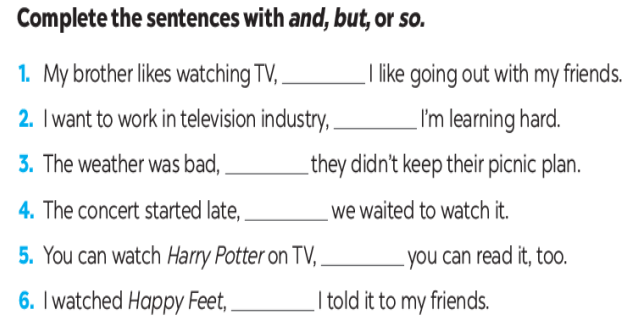Giúp mình gấp lắm hứa trả đủ

Hãy nhập câu hỏi của bạn vào đây, nếu là tài khoản VIP, bạn sẽ được ưu tiên trả lời.


\(=\dfrac{7}{10}.\dfrac{8}{3}.20.\dfrac{3}{8}.\dfrac{5}{28}=\dfrac{5}{2}\)

\(\dfrac{-3}{7}\times\dfrac{5}{9}+\dfrac{4}{9}\times\dfrac{-3}{7}\times2\dfrac{3}{7}=\dfrac{-3}{7}\times\left(\dfrac{5}{9}+\dfrac{4}{9}\right)+\dfrac{17}{7}=-\dfrac{3}{7}+\dfrac{17}{7}=\dfrac{14}{7}=2\)
\(\dfrac{-3}{7}.\dfrac{5}{9}+\dfrac{4}{9}.\dfrac{-3}{7}+2\dfrac{3}{7}\)
= \(\dfrac{-3}{7}.\dfrac{5}{9}+\dfrac{4}{9}.\dfrac{-3}{7}+\dfrac{17}{7}\)
=\(\dfrac{-3}{7}.\left(\dfrac{5}{9}+\dfrac{4}{9}\right)+\dfrac{17}{7}\)
= \(\dfrac{-3}{7}.1+\dfrac{17}{7}\)
= \(\dfrac{-3}{7}+\dfrac{17}{7}\)
= 2

- Chế độ chuyên chế cổ đại là: Ở các quốc gia cổ đại phương Đông, do nhu cầu sản xuất nông nghiệp, nười ta phải liên kết với nhau để khai phá đất đai và làm thủy lợi. Một số công xã tập hợp lại thành tiểu quốc, đứng đầu tiểu quốc gọi là Vua. Mọi quyền hành tập trung trong tay nhà vua, tạo nên chế độ quân chủ chuyên chế.

a) f(x) = x(x - 5) + 2(x - 5)
x(x - 5) + 2(x - 5) = 0
<=> (x - 5)(x - 2) = 0
x - 5 = 0 hoặc x - 2 = 0
x = 0 + 5 x = 0 + 2
x = 5 x = 2
=> x = 5 hoặc x = 2
a, f(x) có nghiệm
\(\Leftrightarrow x\left(x-5\right)+2\left(x-5\right)=0\)
\(\Rightarrow\left(x-5\right)\left(x+2\right)=0\)
\(\Rightarrow\orbr{\begin{cases}x-5=0\\x+2=0\end{cases}}\Rightarrow\orbr{\begin{cases}x=5\\x=-2\end{cases}}\)
->tự kết luận.
b1, để g(x) có nghiệm thì:
\(g\left(x\right)=2x\left(x-2\right)-x^2+5+4x=0\)
\(\Rightarrow2x^2-4x-x^2+5+4x=0\)
\(\Rightarrow x^2+5=0\)
Do \(x^2\ge0\forall x\)nên\(x^2+5\ge5\forall x\)
suy ra: k tồn tại \(x^2+5=0\)
Vậy:.....
b2,
\(f\left(x\right)=x\left(x-5\right)+2\left(x-5\right)\)
\(=x^2-5x+2x-10\)
\(=x^2-3x-10\)
\(f\left(x\right)-g\left(x\right)=x^2+5-\left(x^2-3x-10\right)\)
\(=x^2+5-x^2+3x-10=3x-5\)

co 3 cach de tim ra tong
chu so hang tram co 3 cach chon
chu so hang chuc co 3 cach chon
chu so don vi co 3 cach chon
tong la 3 nhan 3 nhan 3 = 27
nho tist cho minh nha dung 100% do bai nay minh lam roi
Các số đó là:
- 123, 132
- 213, 231
- 312, 321
\(S=123+132+213+231+312+321=1332\)

Ta có : \(\frac{x-1}{12}=\frac{3}{x-1}\)
\(\Rightarrow\left(x-1\right).\left(x-1\right)=12.3\)
\(\Rightarrow\left(x-1\right)^2=36\)
\(\Rightarrow\orbr{\begin{cases}\left(x-1\right)^2=6^2\\\left(x-1\right)^2=\left(-6\right)^2\end{cases}}\)
\(\Rightarrow\orbr{\begin{cases}x-1=6\\x-1=-6\end{cases}}\)
\(\Rightarrow\orbr{\begin{cases}x=7\\x=-5\end{cases}}\)
Vậy \(x=7;x=-5\)
\(\frac{x-1}{12}=\frac{3}{x-1}ĐKXĐ\left(x\ne1\right)\)
\(\left(x-1\right)^2=36\)
\(\left(x-1\right)^2=6^2\)
\(\Rightarrow\orbr{\begin{cases}x-1=6\\x-1=-6\end{cases}\Rightarrow\orbr{\begin{cases}x=7\\x=-5\end{cases}}}\)tm ))
But - so - so - but - and - and
1. but
2. so
3. so
4.but
5. and
6. and